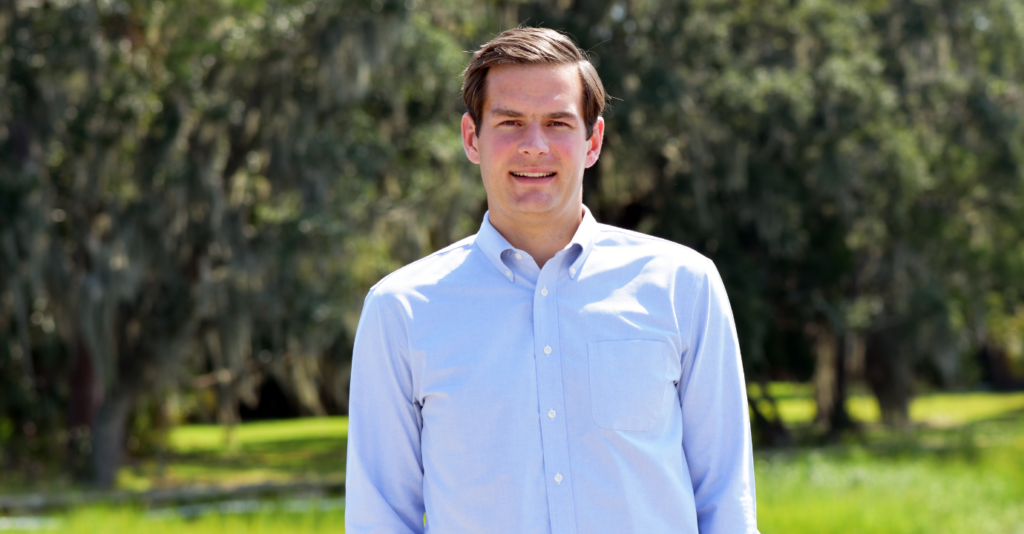
University of Georgia Skidaway Institute of Oceanography (SkIO) physical oceanographer Nick Foukal, along with two collaborators from the Woods Hole Oceanographic Institution (WHOI), have received $919,000 in funding from the NASA Surface Water Ocean Topography (SWOT) program to study the ocean circulation of the Northwest Atlantic continental shelf using data collected by the NASA SWOT satellite.
The region, which stretches from the shores of Cape Hatteras, North Carolina, to Baffin Island, Canada, houses some of the most productive marine ecosystems in the world, and therefore has economic and environmental significance, Foukal explained. Over recent years, the region’s waters have experienced rapid warming, higher salinity and lower oxygen levels. This is believed to be caused by an increase in warm Gulf Stream waters entering the region and a shift in the circulation of cold Arctic waters.
The team of scientists will use high-resolution measurements captured by the SWOT satellite to better understand some of the recent changes to the region’s waters. The four-year project, which started this September 2024 and will run through 2028, seeks to answer questions about where, when and why the Arctic waters are leaving the shelf in exchange for subtropical Gulf Stream masses.
The scientists’ hypothesis is that the southward flow of water from the Arctic is increasingly leaking into the open ocean, instead of staying confined to the shelf.
“Either way that this water goes, it has impacts,” said Foukal. “We are just trying to figure out where it goes.”
The SWOT satellite, which was sent into orbit in 2022, is particularly useful for answering these questions. It measures sea surface data in swaths, collecting data over a wide strip of area. This is in contrast to other, often older, satellites, which measure sea surface levels by sending a laser to a single point in the water and timing how long it takes to return.
The high resolution at which the SWOT satellite measures sea surface height allows scientists to see all types of specific phenomena happening that may impact the region’s circulation, Foukal explained.
Collaborating with Foukal on the project are Svenja Ryan, an assistant scientist, and Gordon Zhang, an associate scientist, both at WHOI.
About SkIO
The UGA Skidaway Institute of Oceanography (SkIO) is a multidisciplinary research and training institution located on Skidaway Island near Savannah, Georgia. The Institute was founded in 1967 with a mission to conduct research in all fields of oceanography. In 2013, SkIO was merged with the University of Georgia. The campus serves as a gateway to coastal and marine environments for programs throughout the University System. The Institute’s primary goals are to further the understanding of marine and environmental processes, conduct leading-edge research on coastal and marine systems, and train tomorrow’s scientists. For more information, visit www.skio.uga.edu.


